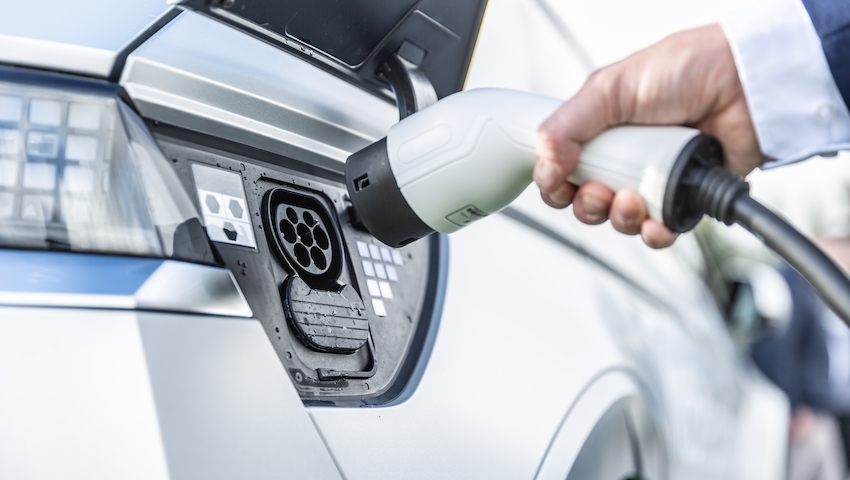A Guide to EV Battery Life: Preserve the health of your electric car
Electric vehicle drivers can expect their car’s battery to have a lifespan of at least 10 years or 100,000 miles of use. That’s enough to drive around the circumference of the Earth four times, so it’s fair to say that you’ll be able to cover a decent amount of ground!
Over time, however, just like those inside laptops and smartphones, EV batteries will lose a small amount of health and effectiveness.
So, what can you do to preserve the well-being of your electric car and its battery? cinch, the faff-free way to buy a car online, has offered some useful tips on how to keep your EV battery in good shape and help it last longer.
Go for short, regular drives
What happens when you don’t brush up your Spanish, French, or Italian? You lose your confidence and vocabulary.
Similarly, if you keep your electric vehicle parked in the driveway for too long without taking it for a spin, you’ll affect the battery’s performance.
Just like humans and fuel-powered cars, your EV needs exercise to stay on tip-top form, so don’t forget to take it for a drive from time to time.
As well as keeping the battery cells cycled and healthy, you’ll prevent nasty surprises like flat spots on tyres caused by prolonged parking in one place.
Keep charging levels between 20% and 80%
Lithium-ion batteries, which are used to power most electric vehicles, tend to be more efficient when charged between 20% and 80%.
In short, this is because the chemical reactions that occur in the battery are more effective within this range.
Sam Sheehan, motoring editor at cinch, said: “A simple trick to ensure your battery is in perfect shape for years to come is to try and keep your battery levels between 20% and 80% where possible.
“This is similar to best practice with petrol and diesel cars, where letting your car’s tank run close to empty risks feeding the engine with the sludge and dirt that builds up at the bottom of the tank. And brimming them with fuel can be wasteful, as your car has to carry around a heavy load of fuel, making it less efficient.
“Fighting the urge to have a 100% replenished battery means that you’ll be gentler to your car’s hardware. In turn, it will last longer and be more efficient in the future.
“To keep the battery inside the 20% to 80% sweet spot, consider tweaking the settings on your car or charger. This way, it’ll be easier to stay within the recommended percentages.”
Limit full charges for long journeys
Heading off on a long road trip? In this scenario, it’s worth fully charging your EV battery – especially if you won’t have time to stop en route.
Charging your electric car to 100% isn’t harmful if you only do it every so often, but constantly juicing up the battery to the maximum can wear its performance over time.
Slow charge when possible
There’s a well-known phrase that wisely states ‘slow and steady wins the race’. When it comes to electric cars, slow charging will place you in pole position for a long-running battery.
While rapid charging is a blessing if you’re struggling for time, slow charging your electric car will help to extend its battery life further into the future.
Manage your battery through extreme temperatures
It’s worth noting that extreme weather and heat can affect the performance of your battery. This is especially true if temperatures creep above 40˚C, which – luckily – is a very rare occurrence in the UK.
Having said that, most car models by brands such as Kia, Tesla and Hyundai have an internal cooling system that keeps the battery operating in optimal conditions.
To keep the cabin as hospitable as possible, keep the air conditioning running, and when you have reached your destination, look for a parking spot that’s shaded by trees or a building.
Your car – and passengers – will thank you.
